One of the side-effects of the February freeze was water shortages across Texas.
I don’t know if it affected other states that way, but the combination of cold weather, pipes not being buried deep, and insufficient electrical power meant that many people had no water. Those who had it only had a trickle coming out of the faucets.
Since then, many Texans have “taken matters into their own hands” and have stocked up on water. But I’m a bit skeptical about their efforts, as for most, that means having two to four cases of water in their homes. How long do they think a few cases of bottled water is going to last them?
I suppose they’re going to find out, as I keep hearing that severe water shortages will be hitting the southwestern part of the United States this year. Considering that Texas is already in a drought, I’m starting to wonder just how bad it’s going to get.
I happened to drive by our town’s reservoir a couple of weeks ago, and it’s already down to just 42.7% full. This has me concerned on a personal level. On top of everything else we’ve all been going through, I don’t want to be facing severe drought. So it’s time to review my preparation and practices and make sure that I’m ready… just in case.
It Starts with Conservation
We don’t usually talk about it in the prepper community, but having enough water in any survival situation starts with making sure that we’re not wasting water. It would take some pretty extreme conservation measures to ensure we have enough water when the city water system goes down.
Yet you and I really can’t do much to affect our city’s water supply and help make sure there’s enough water to go around, even if we do every conservation measure asked of us. But fortunately, that’s not our problem. Our problem is to make sure that we have enough water to meet our own family’s needs. So, when I talk about conservation, I’m not talking about the macro-conservation that’s needed to ensure that our community has enough water; I’m talking about the micro-conservation required to ensure that our families have enough water—in other words, getting the most out of the water we have.
The average American family of four uses roughly 200 gallons of water per day. Yet we try to tell people that they only need a gallon of water per person, per day to survive. The thing is that a gallon of water is just for drinking and cooking, and even then, it’s not sufficient for those who live in a hot climate. Even in the worst of conditions, we’re going to need a lot more water than we think. We’re going to need water for cleaning and for growing our gardens so that we’ll have food to eat.
As a starting point, we Americans are very wasteful of water. Between the way our appliances use water, the way we bathe, and what we euphemistically refer to as “modern plumbing,” we can account for roughly 61% of that 200 gallons. Another 19% is through water faucets, and 12% is lost to plumbing leaks.
This Device Easily Turns Air Into Water!
There’s a lot of waste in those figures. Having lived for several years in a motorhome, where I only had a 60-gallon freshwater tank, I can tell you that it’s possible to get by on much less water than what we use. Bathing can be accomplished with less than a gallon of water, and washing the dishes can be done with not a lot more. It’s all about how we use the water that we have.
We can’t ignore cleanliness just because we’re in a survival situation. Personal hygiene and keeping a clean home environment are essential parts of fighting disease. That will be even more important in a survival situation than it usually is.
I’ve spent a considerable amount of time in emerging countries where running water was an iffy thing. That forced me to learn how to bathe out of a bucket, using less than a gallon of water. Skipping bathing wasn’t an option, as I tend to sweat a lot. But you know something? I could get clean with that gallon. Not only that, but I could wash my clothes in the bottom of the shower at the same time, although I would need a bit more water to rinse them.
One of my favorite methods of personal water conservation is repurposing greywater, as shown by washing my clothing in the bottom of the shower.
You know, all that water we allow to go down the drain after bathing or washing? That water’s still usable for other things, especially for cleaning other things. But my favorite use for that water is for watering my garden and my fruit trees. I’ve replumbed parts of my house so that all the greywater from showers and the washing machine go to different parts of my garden. Those plants get pretty much all their water via greywater recycling. The rest of my garden, the non-edible part, only gets water from nature, what’s known as xeriscape gardening. I don’t plant anything that requires a lot of water.
Should a major disaster occur, with long-term recovery, then water will become one of our most significant issues. It won’t be enough to just come up with water for drinking and cleaning, but water for our gardens too. That’s why greywater recycling is so important. We’ll need it a whole lot more then than we do now.
Making Sure I’m Well Stocked
We all know the importance of stockpiling water, even though it’s one of the hardest things to accumulate. I’ve always had several hundred gallons of purified water on hand, most of which has gone through my purification system. But even then, I know my stockpile is woefully inadequate. Even with the most rigorous conservation methods, using only five gallons of water per person per day, I only have enough water to last a couple of months.
While I’m mainly expecting to rely on harvesting my water, I’m also increasing my water storage capability. To do this, I’m adding one large water tank, known as an above-ground pool. A 15-foot pool, 4 feet deep, will hold over 5,000 gallons of water and the process of keeping it clean for swimming also keeps it clean enough to drink.
Having owned a swimming pool in the past, I have learned that the most critical thing to do to keep any swimming pool clean is to get a pool cover. While especially important when you have trees that can drop leaves into the water, a pool cover will also keep out debris that might blow into the pool. That will help keep that water use in an emergency.
That water is kept biologically clean through the use of chlorine. But it’s essential to make sure that there is chlorine in any other water you have. Rain barrels and water storage containers must all contain chlorine, probably in the form of chlorine bleach. As long as the container is sealed, that’s enough to keep that water for a long time, just as long as it isn’t opened.
Harvesting Water
Our local reservoir is only 3 miles from my home. If I followed the advice of most preppers, I’d plan on getting water from that reservoir, even if I had to walk there and cart the water home manually. But considering how low it already is, and it has to provide water to roughly a half million people, I can’t see depending on that water source in a time of drought. Water harvesting, whether wells or rainwater capture, has got to be our primary method of supplying ourselves with water during a crisis. Due to living in a relatively arid area, I’ve decided that I have to go with both.
Rainwater Capture Problems
Rainwater capture may be sufficient for many people and is far easier than putting in a well. To determine if rainwater capture is enough for your needs:
- Figure out the square footage of the roof that you are using for rainwater capture.
- Multiply that number by the average annual rainfall per year in the area where you live.
- Keep in mind that your roof area will be in square feet, and the average rainfall will be in inches, so you’ll need to divide the rain by 12, converting it to feet, before making this calculation. The result will tell you how much water you should capture.
Let me use my home as an example. I’m able to capture rainwater off of 1,100 sq. ft of my roof, roughly half of it. According to our friends at Google, my town receives 32 inches of rainfall per year. That works out to 2.67 feet of rain. Multiplying the rainfall by the available part of my roof for rainwater capture, I can expect to harvest 2,937 cubic feet of water. To convert that to gallons, I multiply by 7.48, which gives me a potential of 21,968 gallons of water.
That would seem to indicate that I can harvest all the water I need through rainwater harvesting. But the problem is that the majority of that rain falls in only four months, divided into two, two-month blocks and separated by another two months. So for half the year, rainfall is considerably lower. Doing the same sort of calculations monthly, I can expect to receive about 2,300 gallons during the good months and about half that in the bad ones.
Even then, taking the worst month, when I’m only able to harvest 1,100 gallons of water off my roof, I should have enough water for my wife and me to use 36 gallons per day. That’s more than enough to survive, assuming I have reasonable water conservation measures in place. Or is it?
The biggest problem I’ve seen with most rainwater capture systems isn’t the rainwater capture itself. It’s the limited amount of water storage attached to the rainwater capture system. It would take 20 – 55 gallon drums to store the water coming off my roof in one of the drier months and double that during the better months. Does anyone have that much water storage connected to their rainwater capture system? How would you hide that much water storage from your neighbors?
Well Problems
Considering that I can’t store all the water from my rainwater capture system, I have to augment it with something. For me, that something is going to be a shallow well. It’s not a perfect solution, but it’s a workable one.
Drilling a well is an expensive proposition if you hire a contractor to do it for you. Part of that is due to the depth of those wells, which run from 200 to over 500 feet deep. Contractors drill them that deep because that’s what’s needed to get down into the aquifers, where the good water is. But at least in my state, you can’t just rent a good drill and do it yourself. If you have a good drill, you can do it; but you can’t rent a good drill as best as I can find.
The key to drilling any well is getting down into a sandy layer. That’s where clean water comes from. If all a well is producing is muddy water, it’s not into sand; the well has to be drilled deeper. Even then, a shallow well won’t be as clean, biologically speaking, as a deeper well will be, and it will be much more likely to contain a high mineral content. Most shallow water is brackish water (having a higher salinity ratio, even though it isn’t as salty as seawater).
Fortunately, it’s not all that hard to make a simple well drill, allowing one to drill at least a shallow well, something that’s 20 to 30 feet deep. But can we use that water?
I’ve always said that any water we harvest from nature must be purified before use, even rainwater. That’s probably even more true for water from a shallow well. But if we’re talking about brackish water or water with high mineral content, it’s going to take more than running that water through a filter to make it usable. It’s going to have to be distilled.
I tried making a solar distiller several years ago, with only limited success. The design I used was much like a solar oven. It did produce clean water, but not vast quantities of it. It would have had to be much more significant to make the amount of water that I need.
That leaves a normal still, the kind that bootleggers used to use to make their moonshine. The nice thing about such a design is that you can be sure that it will work if properly constructed. But the problem is, it’s going to require a constant source of wood to keep boiling the water. So, the best way to make that efficient is to tie it into the cooking fire, allowing the fire to do double duty.
There is one other option I want to try; that’s to use a Fresnel Lens to provide heat for the still pot, heating the water. The Fresnel Lens cooker I had before was able to produce enough heat to melt pennies. So if used to heat a still, it is clear that it will produce enough heat for distilling water. The only potential risk is that if I allow the water to run out in that pot, I might find that the Fresnel Lens burns through the pot.
The only real problem with this is that it won’t produce that much water for my use. While I’m sure my Fresnel powered still will make distilled water rather rapidly, I’m also sure that it will only purify about a gallon of water or so before the sun moves enough that I have to reset the system. That will make water purification a slow process, nowhere near the 36 gallons a day I was saying my rainwater capture system could provide.
What About You?
With the potential for severe water shortages heating up, have you taken a good look at your plans for making sure you’ve got enough water? Have you run the kinds of calculations I ran above, making sure that you’re going to get enough water out of your system and that you have enough water storage to go with it?
In my experience, few preppers have bothered to calculate their actual usage and whether the systems they have put together will meet their needs. Please save yourself from trouble later and take the time not only to calculate out but test your systems and make sure they’ll give you what you need.


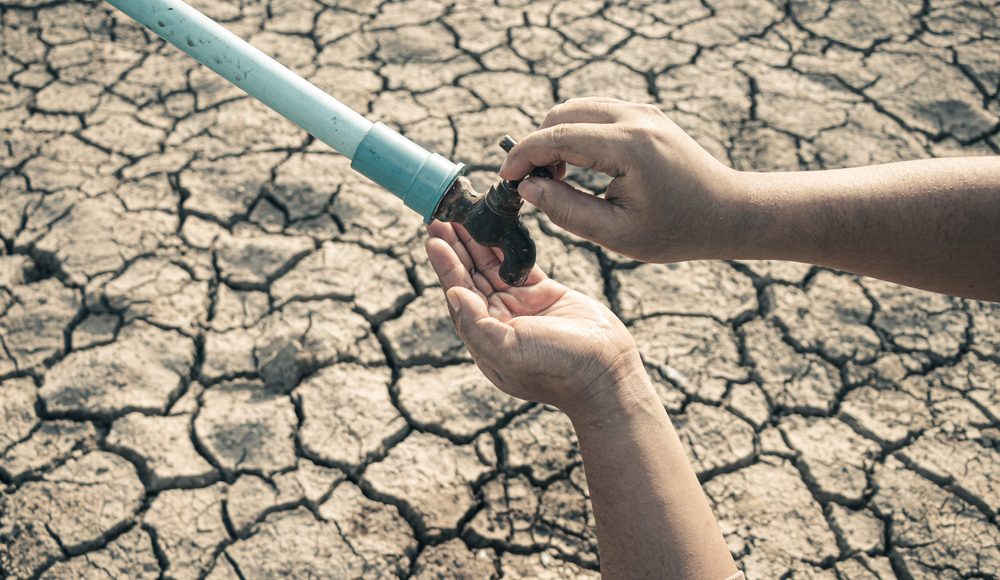
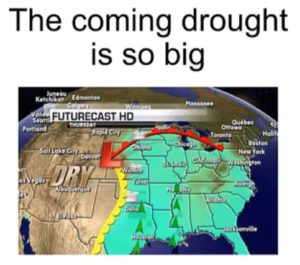
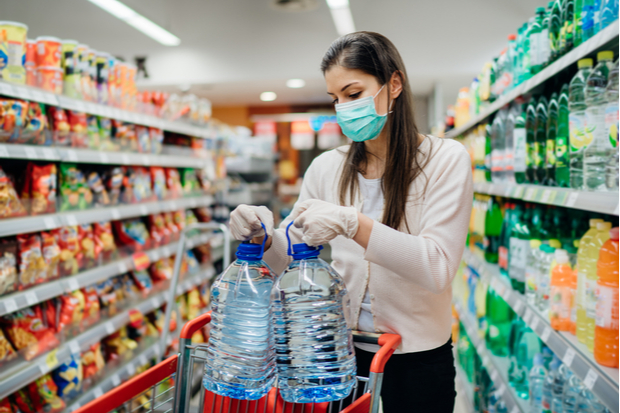
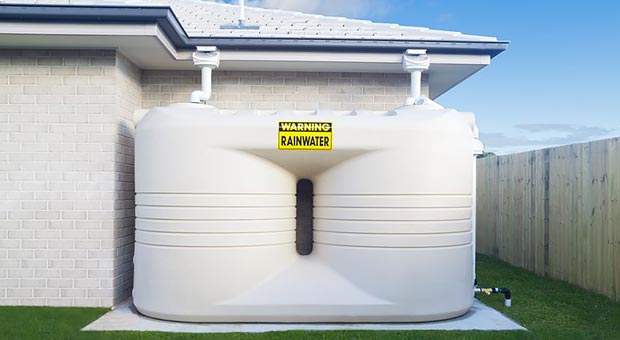
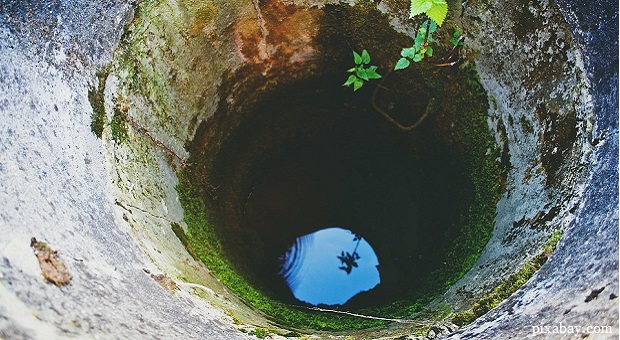

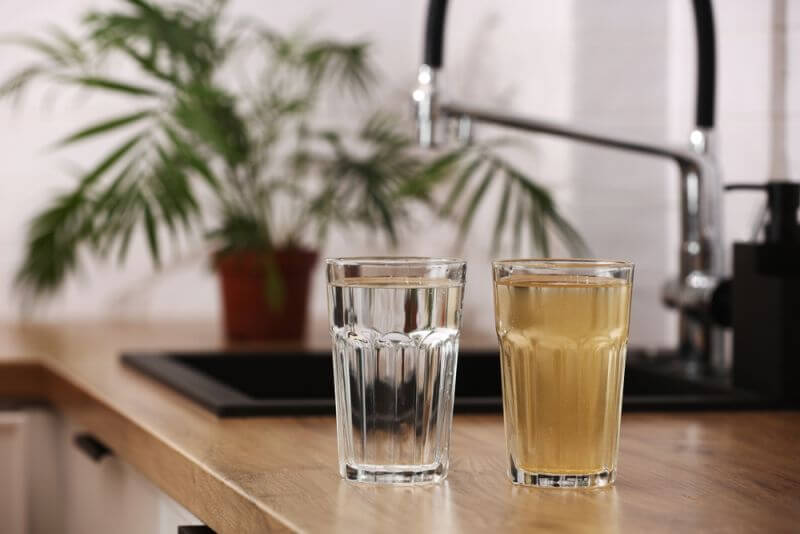
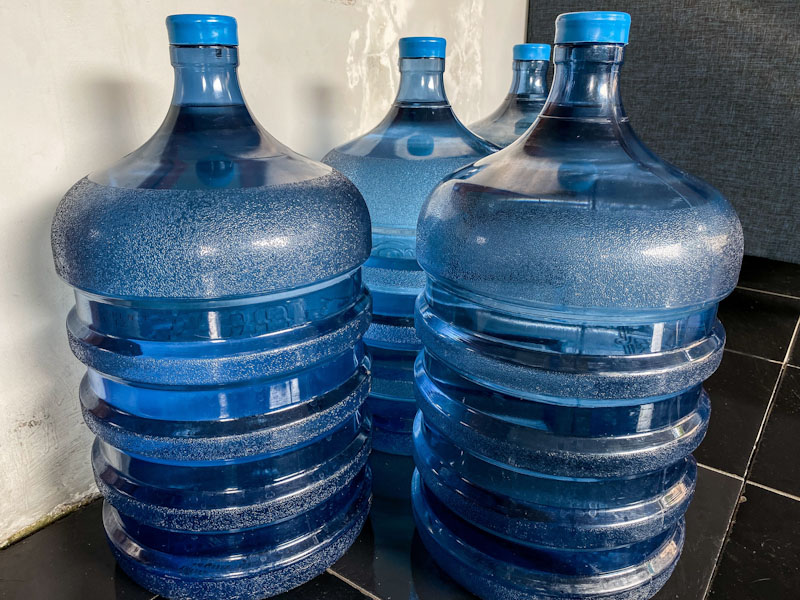
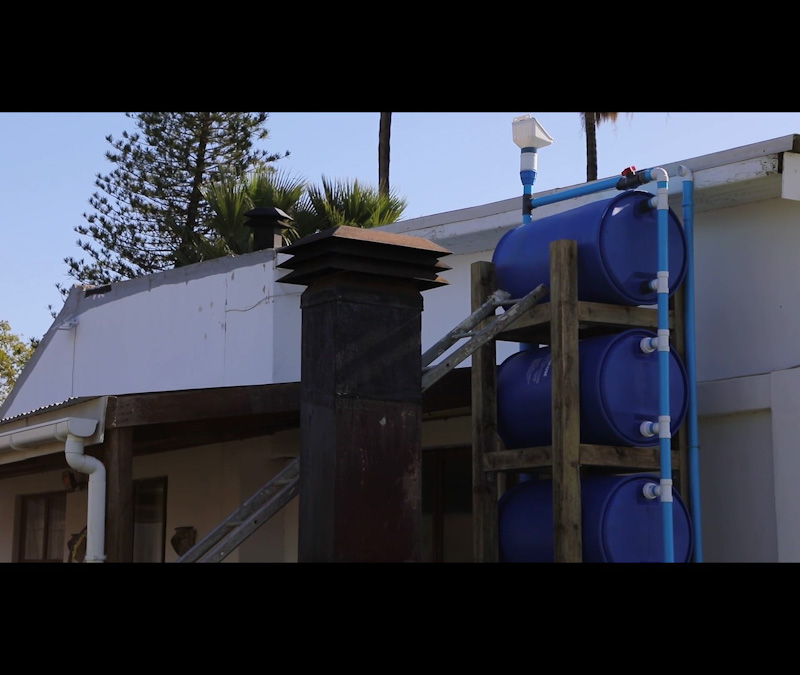
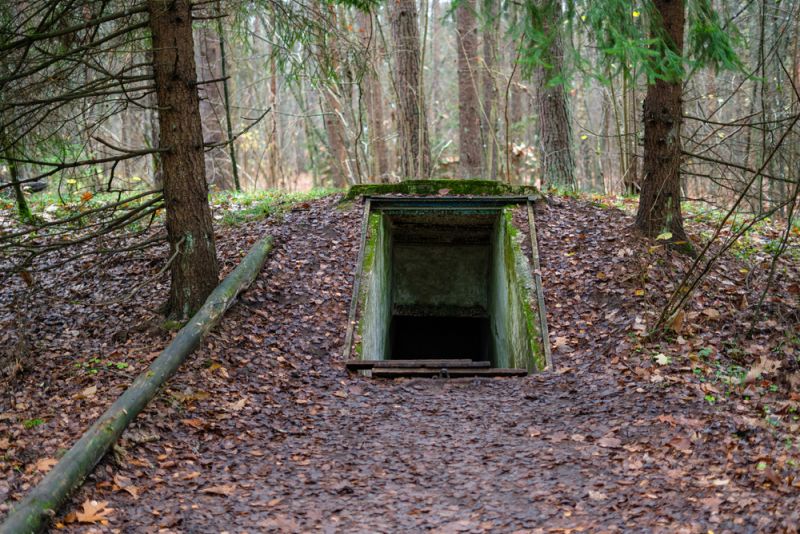

Bill In Idaho | May 4, 2021
|
Bill, let’s make things Clear about the differences between a “Cistern” and a “Well”. To me, a “Well” is a 6″ Dia. or 8″ Dia. Hole in the ground with a pump installed to extract available water. Growing up on the ranch, there were 4 separate old homesteads there, which each had a Real Cistern – and None of them ever failed. We also had the two best springs (volume output) in the whole county. Just lucky I guess.
Matt in Oklahoma | May 5, 2021
|
Is it really a drought when it’s dry desert country anyway?
Tom MacGyer | May 5, 2021
|
Believe it or not, we do have a rainy season out here…
Matt in Oklahoma | May 6, 2021
|
Yeah I know I’ve got experience out there. Overall it’s desert dry country and a lot of places rely on irrigation from the mountain snow. The population is outta control and wayyy over capacity in water usage.
It’s hard to say it’s drought when your not supposed to have that much in rain/snow anyway.
Tom MacGyver | May 5, 2021
|
I live in the Wild, Wild West, so water is ALWAYS on our minds. The place I live in is as dry as King Tut’s nuts!
Water storage is an issue, but you did hit on a solution; the pool. I call my doughboy pool “an emergency water storage tank I can swim in.” It has no leaks. It sits covered all winter long and its level never drops. If our water delivery failed, the cover would go on the pool immediately to minimize evaporation. Even though I limit the chemicals I put in the pool to chlorine and pool shock, I’d be hesitant to drink it without distilling it first. The same would go for rain captured from the roof. Is your pool close enough to the house to run a pipe to it from the rain gutters? You may even consider buying a smaller “Easy-Set” pool from Wally World and just leave it in its box. Should the SHTF, you can set it up close to the gutters’ downspouts. Until then, it’s just a small box in the garage rafters. These pools look suspiciously similar to the “blivet” tanks used by the military…
If you have a “saltwater” pool, there is no way around distilling it for drinking. My old pool used a DE filter, which I backwashed every couple of weeks. This cleaned the filter and replaced some of the pool’s water with new water. My present pool uses a cartridge filter, so it doesn’t get backwashed. This means the water doesn’t get renewed. Do you have one of these? Ttry tasting your water. It probably tastes salty. Reason; chlorine breaks down over time to salt! Since there’s no backwashing of the filter, the salt will pile up over time. Keep this in mind. My pool water would be mainly used for cleaning and flushing the toilet. I’m on septic, so I don’t have to worry about the sewer system failing. If you’re on sewer, remember that this might fail, and you WON’T be able to use your toilets or drains after a while! If you’re “downhill” in your housing development, your house may just become the septic tank for everyone uphill of you!
My ready drinking/cooking water supply is stored in 5-gallon jugs. Research has told me that purified water, stored in water cooler jugs in a cool dark place will last over a year, after which I dump it, clean the bottles, and refill them.
The grey water from the washer dumps into my back yard grass. I use a 5-gallon bucket to catch the “warmup water” in the shower. This waters some containered veggie plants.
People sponge bathed LONG before running water. If we can get enough water to drink, we’ll probably survive…
Travelin | August 26, 2021
|
Having lived in very dry southern CA for a few years, with horrible non-portable water coming from the house faucets, (the county and city both proclaimed that horrible stuff was potable, but all too often the animals won’t drink it, and when tested by independent labs, it was clearly non-potable), I quickly realized that unless I wanted to spend ridiculous amounts of money buying potable water, which most of the populace did, I had to find a better solution. Since power consistency was always in question, I had to have an alternative power supply than the grid. With an alternate power source, a couple of dehumidifiers and a high quality gravity fed water filter system, I had no problems having all the good fresh drinking/cooking/cleaning water I needed, right out of the water in the air. The system worked well for me for all the years in CA. Then have found the need to use the same system where I now live. To date I’ve had no problem having all the fresh water I need without having huge collection barrels/tanks. It also makes it MUCH less obvious that one has all the water they need with others are in dire straits for water. While the rain water harvesting system is a great system, it would be a whole lot more expensive to do it right than to use the system I came up with. Since there is moisture in the air, no matter how low the humidity level, collecting water out of the air is available all year long. Being only one person it is easier to have enough water with this method. With more people in the household more dehumidifiers might be required, and even more than one gravity fed water filter, but that would still be cheaper than putting in the rain water collection system with the big tanks. Since I choose to do hand laundry rather than using a mechanical washing machine, I’ve found I have plenty of water from this method of gathering water out of the air to do all the laundry I need to do as well. This is only one more option out there for folks who may not have the funds to set up a rain water collection system as is pictured/described in this article. The thing I would fear from a rainwater collection system like pictured in this article is that those who are desperate for water would not hesitate to destroy such a system for one bucket, or even one mouthful, of water for themselves.
Lisa | August 26, 2021
|
Travelin, Thank you for the information. I use a dehumidifier in my animal barn.
All i need to do is clean the collection reservoir then save it.
This is the worst Monsoon season we have ever had, and i don’t do humidity well
Think i might just acquire another one or two. In the house is too high.
Damon | September 6, 2021
|
Travelin, what tweaks or changes do you implement with your dehumidifiers in order to get the results you are describing?
Travelin | August 10, 2022
|
Damon, while I’m unsure what you are referring to as “tweaks”, the only things I do to have enough water is to keep the dehumidifier(s) running on “continual” all the time. I can fill a 3 quart container in a dehumidifier in about 6 hours if it is not raining, in about 4 hours if it is, and that makes more water than I need for washing, cleaning, cooking or drinking per day. As of now I have 3 dehumidifiers going all the time. Yes, I currently live in a more humid climate and that helps. In southern CA I could easily get 6 quarts of water per day from a dehumidifier. As long as one keeps the catch container on the dehumidifier clean, the water collected is about as clean as one could desire. However, since the incoming air into the dehumidifier has dust in it and the filter does not collect it all, I do run the water from the dehumidifier collection tank through a coffee filter into a bucket and then it goes through the gravity fed water filter if it is water that I am going to use to cook or drink. Otherwise it is plenty clean enough for using for cleaning (body, clothes, home), and yes, all the grey water goes out on the containered plants that provide the vast majority of my organically grown vegetables, seasonings and some fruits. My apologies for the nearly year late reply. If you have more specific questions I’d be willing to answer them. Travelin
Roger Stotts | July 21, 2023
|
I live in Arizona where the average humidity is 20%. I bought a dehumidifier from Home Depot as it would not collect any water below 30%.. I returned it. How do you make one work with our low humidity? PLEASE HELP. I AM DESPERATE.
Travelin On | August 16, 2024
|
Roger, I’m sorry, I haven’t been in a location with that low of humidity on average and tried to use a dehumidifier. I do know the Israeli government uses the basic essentials of a dehumidifier to extract water out of the air to supply water for their troops. Maybe you could research what they do and see if you can find some plans that would work in the really low humidity climates. I’m sorry I don’t have any better suggest for you.
Ray | November 1, 2021
|
Love your system as I do the same, now collect it on a daily basis and at the end of the year you could fill a pool. Good article sir.
Ray | November 1, 2021
|
In my area of the world (US) I actually accumulate drinking water from the air and rain, now I have more water than storage. A good thing to have. In short, there is always water, but your method of harvesting needs to match the climate. For me the less I have to purify the better, and that would come in the form of humidity, very easy to harvest, I suggest you boil it and put it through a filter (even though you don’t have to) anyway. I had it tested without any purification process and found out it needed nothing to make it safe. Besides, if you can I hale it…..you can drink it.
ken Bucher | July 23, 2023
|
Millions of people live on the East and West Coasts near the ocean. The problem is the salt in the water, but a Coast Guard Water Filter purchased on-line will remove the the salt. It is a simple hand-pump to remove the salt. You may then have to do some more to remove any bacteria or other nasties, but you will not be without water.